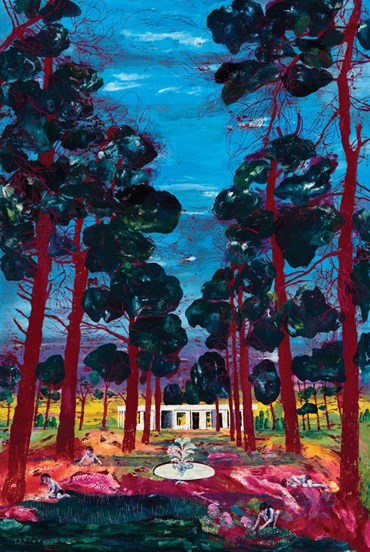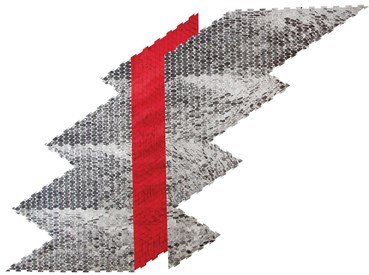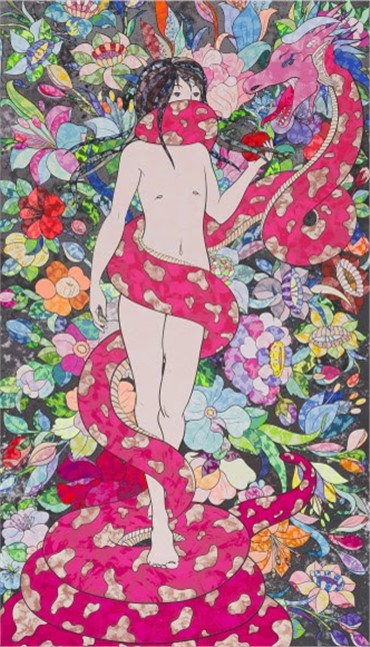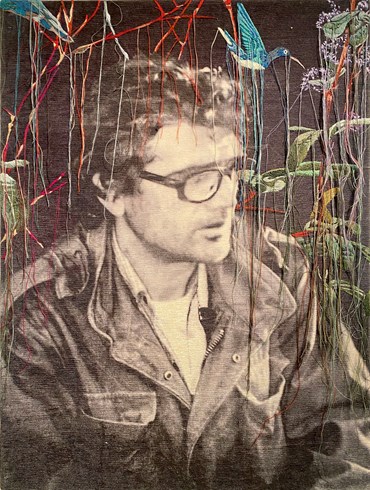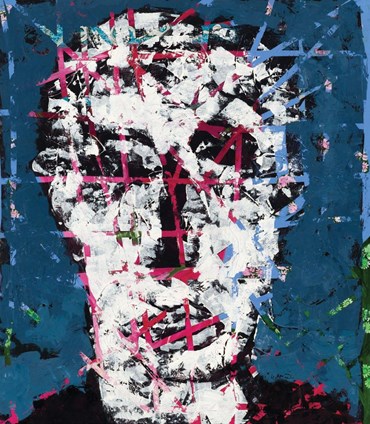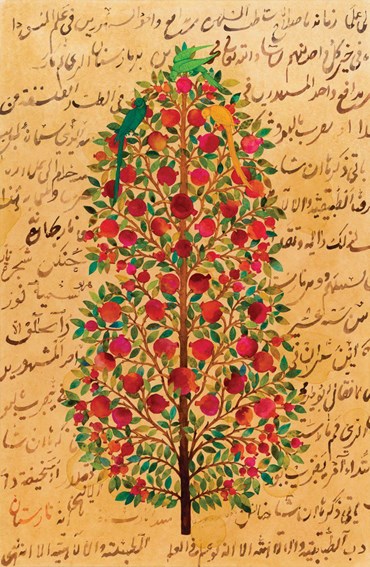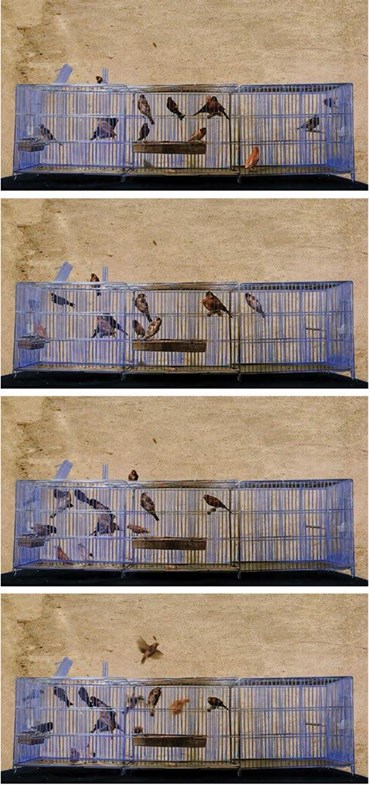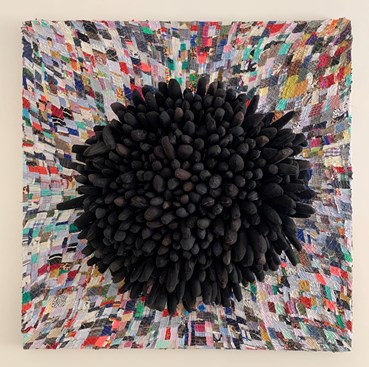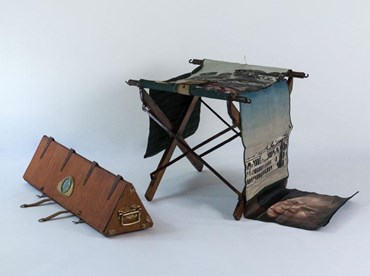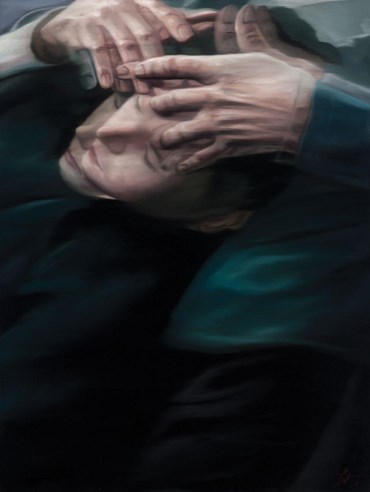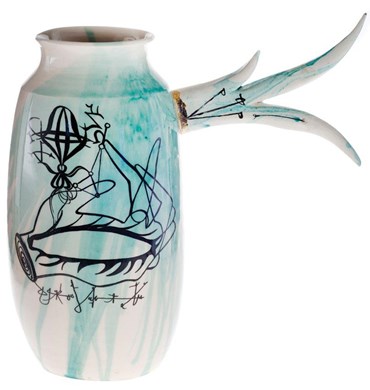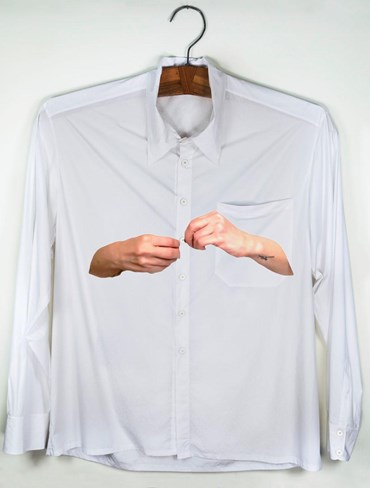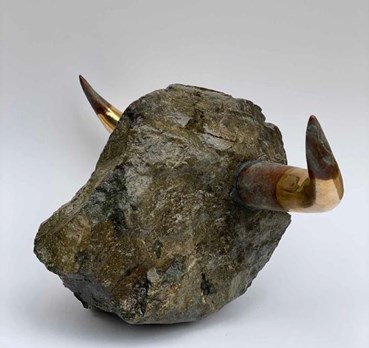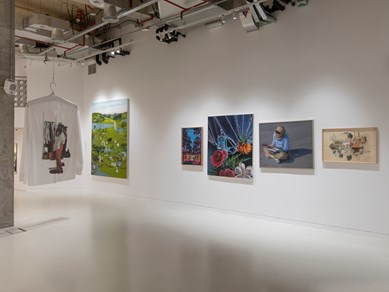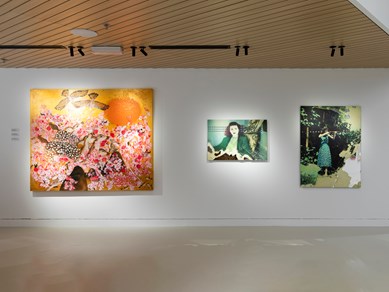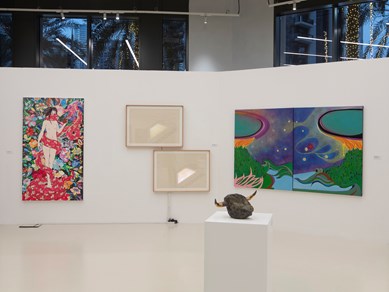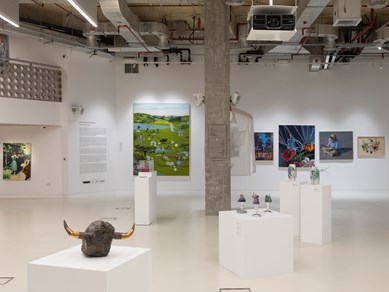27 Feb - 4 May, 2023

Statement:
Tehran-based Bavan Gallery presents “Connective Strings of Resilience”, its debut edition of a series of projects titled “The Land of the Cypress Tree”.
This project takes inspiration from the Cypress Tree of Abarkuh, a legendary cypress tree in Iran’s province of Yazd, and seeks to reflect on how Iranian artists have unwaveringly continued to imagine, create and foster.
During the recent four decades, much of what has been discussed or presented about or from a country as culturally, ethnically and geographically vast and diverse as Iran outside of its borders, has been often confined within a very limited framework and merely a small part of an extremely large and sophisticated whole: a curated set tailored for the curious or interested eyes and ears of a 'foreign' audience, and promoted via mass and social media.
This is especially the case when looking at what has been exhibited in Western Europe and the United States. Visual arts have not been an exemption to this, and due to the considerably narrower focus of experts working on reflecting Iranian visual arts on an international scale, this field has enjoyed relatively small developments.///
Most of the material on the events of this country are generated through two channels and by two different sets of reporters, analysts and authors -on one side, the reporters and narrators who rely on general knowledge, executive tools, their media and the power of storytelling to mold narratives of "whatever and wherever", and on the other side, research experts and prying eyes who believe in the power of direct experience as well as objective analysis.
So is the duality in their target audiences: the first are a more general audience whose interest lies more heavily on the side of headlines, less analytical approaches, and more 'exotic' material, and the second group comprises of people who are more inquiring and discerning, especially in evaluating the depth of analyses offered by narrators, and feel more reluctant in accepting what is offered by the media and propaganda.
The first group are often the audience of the exotic art offered by the creativity of some of the expatriate Iranian artists who look at the events inside the country from a distance, as well as the work of opportunists based inside Iran riding on a mere trend.
The second group chose to travel to the country during a time when this was more easily accessible, and wish to gain first-hand experience. Many curators, renowned gallerists, artists, researchers and art practitioners who traveled to Iran, especially from 1995 to 2010, were among such people. These had a deeper, more realistic and comprehensive perspective towards what was happening in the country as well as the artworks and artistic movements that were born out of the real sociopolitical and cultural lives of their creators.
As Iran's diverse world of imagination becomes increasingly more isolated, what is being depicted as products of its art, culture and thought on the international scale has become less relevant and almost in defiance of the reality on the ground: the exotic productions (a broader category that is not restricted to artworks) now more broadly presented and accepted as rooted in Iran were a mere populist window that relied on superficial social paradoxes.
Social tension and dissidence accentuated this trend, and as it took more traction, wider spectrums of people became consumers of what was being offered.
For months now, Iran has been on news headlines around the world, and this time, due to the civil and women-led nature of the movement, more emphasis was being put on exoticism and highlighting aspects that the media could more convincingly sell to the widest possible audience, including those who 'followed' art and artistic trends.
That has been how many of the expatriate Iranians working in visual arts have increasingly produced work that seems to be worlds apart from the work of the younger generations of Iran-based artists as well as what has been going on in the country over the past forty years or so. Initiated by Ava Ayoubi, the founding director of the young Tehran-based Bavan Gallery, this project hopes to implement a different and non- exotic approach, with a deep focus on artists based in Iran.
Maryam Majd Art Projects, a private-sector research-centric curatorial platform, has collaborated with Bavan to realize what it believes to be a shared objective. The project had to be put together in a limited period as it was scheduled to be opened during Art Dubai 2023, and while this set difficult restraints on the scope and practical possibilities, the team effort, determination and collective will, as well as the collaboration of Bavan Gallery, MMAP, 009821 Projects and Tabl Studio made it possible for everything to come together and reach a quality outcome.
Within the contexts of how this exhibition has been defined, works by some of the most well-known Iranian artists have been displayed alongside the work of more emerging artists and younger generations, so as to reflect on the unique experience of each and every one of them as well as show the scale of diversity in this country: the exhibition and the pieces, both in form and content, are witnesses to this very fact and mirrors of life within this land.
The eventful contemporary history of Iran has been rarely absent from the programs of media outlets and the talk of politicians and activists. However, one wonders how realistic it is to think of a comprehensive general image of the country and what happens within its borders. With the plethora of narratives, perspectives, analyses, the continuous flow of events and constant transformations, it is extremely difficult to form a panoramic portrait of Iran.
When one considers the diversity of its population, ethnicities, cultures, geography, and climate, such an idea becomes even more elusive.
In this context, both as an artist and a viewer of art, what would be one's approach to forming a general picture of reality? How would one try to define themselves while keeping out the ideals imposed by the media, politicians, intellectuals, and the general public?
For many Iranian artists, the answer has been an introspective exploration and an emphasis on individuality and the individual experience. As the sociopolitical reality remains quite unique to Iran, so does the quality of individual experience in this country, and many artists offer inward journeys in their work that ultimately connect to the broad spectrum that is life in Iran.
The country's amazing diversity, while reinforcing idiosyncrasies, reflects an often inconsistent and confusing image: the very specific and unique sociopolitical context of Iran creates contrastive perceptions and experiences, both of one's inner life and that of the external environment.
However, the very specific and distinctive attributes of such a configuration creates a patchwork whose connective strings remain coherently insightful.
In this exhibition, which is the debut edition of a long-term project by Bavan Gallery, "The Land of Cypress Trees", Iranian artists from multiple generations working across media are gathered to display glimpses of the worldviews offered by the lifeforms of creative tenacity, and build up a collage of ideas and ideals, some shared by a few, some shared by many.
For these artists, the question of survival is often elevated by the idea of expression: how far can one take one's thought and imagination?
The Cypress Tree of Abarkuh, located in a spot somewhere almost in the very center of Iran, is believed to be one of the longest-living lifeforms of the world, estimated to have been growing for somewhere between four and eight thousand years.
In addition to the numerous legends attributed to this tree, its original planting and the travelers who came to gaze upon it in awe, the tree, an undying symbol of resistance and resilience, of survival within the most extreme conditions, can itself resemble the ideal of expression and the perseverance of artistic vision.
In this exhibition perseverance is not the theme but rather only a limited exposure to the truth, or a reality which often yields a sensible image of the truth.
The current exhibition does not seek to unify personalized approaches under an umbrella theme.
Following the idea that each of the artists has developed their own voice based on their life experience, it rather aims to bring together a coherent multiplicity, one that creates meaning and sense through harmonies, consonance and contrapuntal motion as well as atonalities, dissonance, discord and opposing tones, rather than mere noise and cacophony.
“Connective Strings of Resilience” includes the work of, in alphabetical order, Morteza Ahmad- vand, Samira Alikhanzadeh, Maryam Mimi Amini, Maryam Ashkanian, Navid Azimi Sajadi, Ladan Boroujerdi, Nasser Bakhshi, Mojgun Bakhtiary, Homa Delvaray, Bita Fayyazi, Ahoo Hamedi, Dariush Hosseini, Shohreh Mehran, Laleh Memarardestani, Mina Mohseni, Koosha Moossavi, Elham Nafissi, Roghayeh Najdi, Pooneh Oshidari, Elham Pourkhani, Peyman Shafieezadeh, Rozita Sharafjahan, Soraya Sharghi, Tarlan Tabar, Mojtaba Tabatabaei, Shideh Tami, Mahsa Tehrani, and Hoda Zarbaf.
Artists



